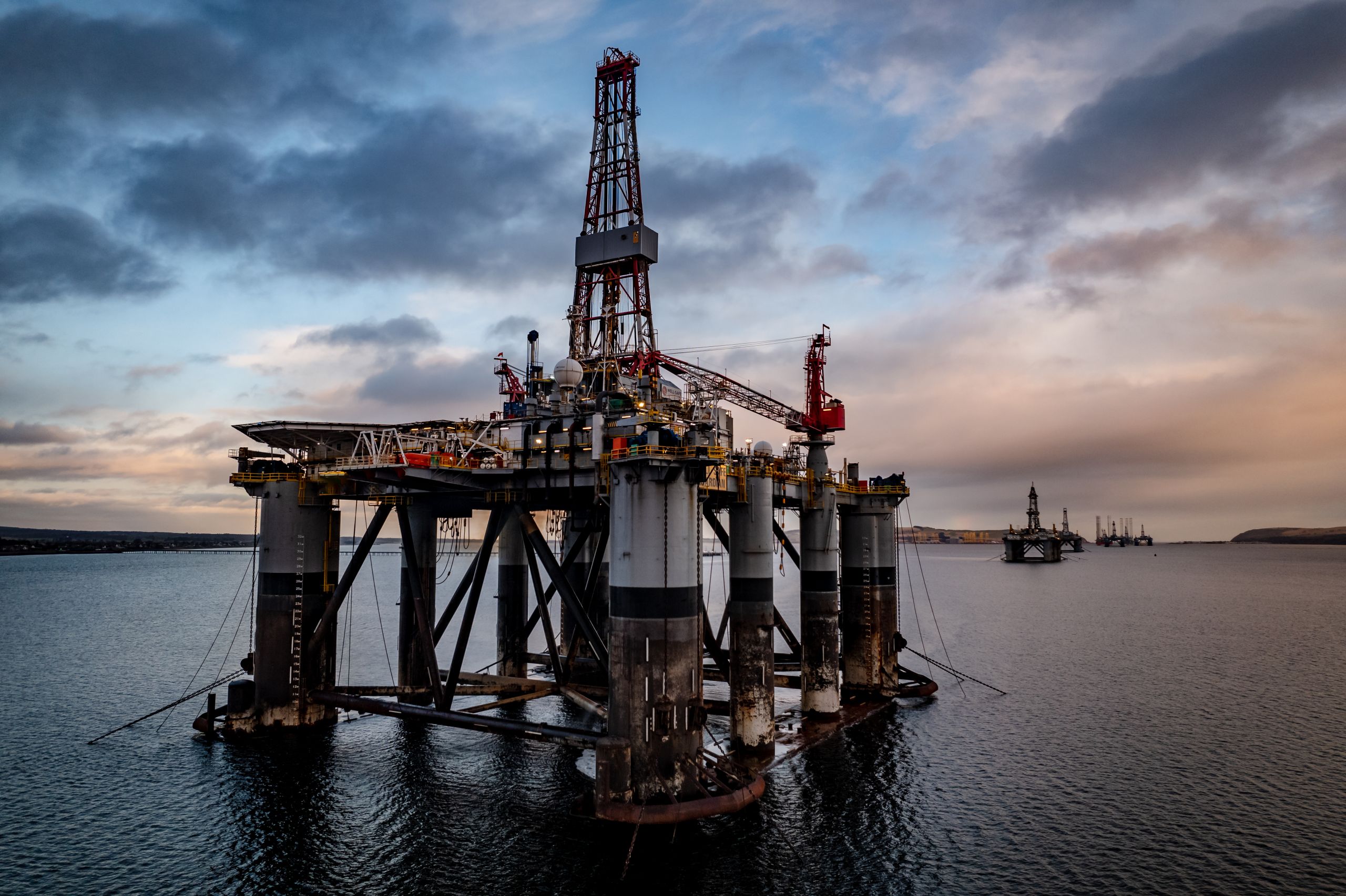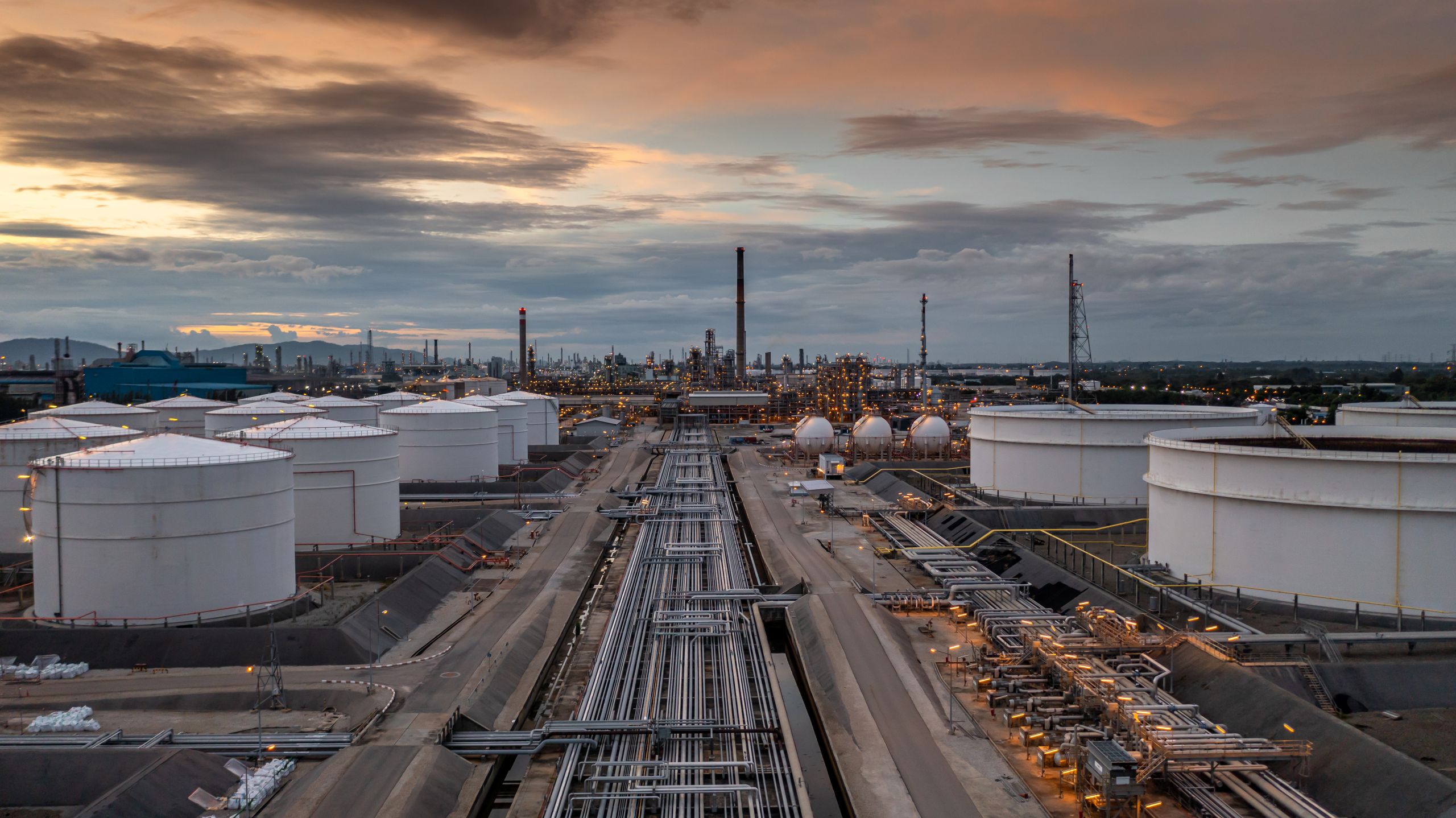Intro:
The efficient asset operation in the oil and gas industry has a huge impact on the global economy and the full functioning of society. The activities involved in this industry require meticulous planning and process mapping to improve business outcomes. And, although it moves massive capital flows and employs millions of people, catastrophic risks are imminent in this sector.
It is in this field that the concepts of Upstream, Midstream and Downstream come to light, which refer to the supply chain organization and its specifications, targeting at an optimal monitoring of the processes involved in each stage. These sectors work together to solve the challenges involved in the exploration, production, transportation, storage, refining and distribution of oil, natural gas and derived products.
In this blog post, we will explore and describe each of these segments main characteristics, and what are the challenges they must overcome to keep producing with minimal losses and enhanced profitability.
About the methodology
The original concept of Upstream and Downstream was originally conceived by Toyota with the Kanban methodology as part of the Just-In-Time production system, but it has the same objective as in the oil and gas industry: to manage progress of work processes, this being a tool linked to the continuous improvement of task execution.
However, the definition brought by Kanban does not perfectly fit the oil and gas industry, since intermediate processes are not categorized. But when it comes to this industry, the definition is used to describe the different stages of the value chain. This way, a segmentation of stages is generated, being divided into exploration and production (Upstream), transportation and storage (Midstream) and refinement and distribution (Downstream).
Upstream
This sector works actively in locating reservoirs and extracting resources from underground, involving complex disciplines such as geological exploration, drilling techniques, advanced production and recovery, environmental responsibility and worker safety.
Upstream operations encompass the exploration and production (E&P) of oil and natural gas, which includes both onshore and offshore drilling, as well as utilizing not-so-popular techniques such as hydraulic fracturing (fracking), Enhanced Oil Recovery (EOR), and Coal Bed Methane (CBM) to extract petroleum and natural gas from underground wells.

This way, by acknowledging the entry barriers of the sector, the importance of technology in its execution is made clear. The inherent risks and challenges in this segment require advanced technological solutions to ensure safe, efficient and effective resource extraction, especially if the vessel is located at sea.
Midstream
It is the stage that covers activities related to the transportation, storage, processing and logistics of crude oil, natural gas and derived products, including the use of specific infrastructures capable of safely transporting resources to the point of production. This is where the raw material will be refined and transformed into final products.
Midstream is the bridge between upstream and downstream, connecting exploration and production to end-users. Pipelines, tanks, and terminals are critical infrastructure for the midstream segment, as they allow for the safe and efficient transportation of these resources over long distances.

As a central challenge, midstream poses risks of environmental and safety incidents, which can have significant consequences. Therefore, finding the right application of advanced technology on assisting the continuous monitoring and early identification of anomalies in pipelines is necessary to ensure the safe and efficient operation of these massive infrastructures.
Downstream
At the end of the production chain of the oil and gas industry is the Downstream, the segment responsible for refining and distributing oil and gas products. It is the phase in which the product will reach the final consumer. However, before that, the process goes through refineries, petrochemical plants and retail fueling stations to transform crude oil into derived products such as:
- gasoline
- diesel
- jet fuel
- heating oil
- petrochemical products

These operations are complex and employ high-risk techniques involving heating, distillation, and pressure tanks to achieve the final product. Beyond needing highly skilled workforce technicians, this process also requires optimal condition monitoring tools for continuous operation and avoiding accidents.
Conclusion:
The oil and gas industry is a complex and dynamic system that needs integration and coordination between the downstream, midstream, and upstream for the efficient and effective operation of the industry, where a proper integration allows greater control of the entire process, improving the recognition of failures and possible points of improvement in products and processes. This way, the competitiveness and sustainability of the industry is constantly forecasted.
In this context, the implementation of advanced technologies aimed at relevant process aspects has been leading those industries to a reduction of costs, an increase in efficiency, and minimal environmental impact.
Click here to know more about how Vidya reduces costs and increases efficiency.



